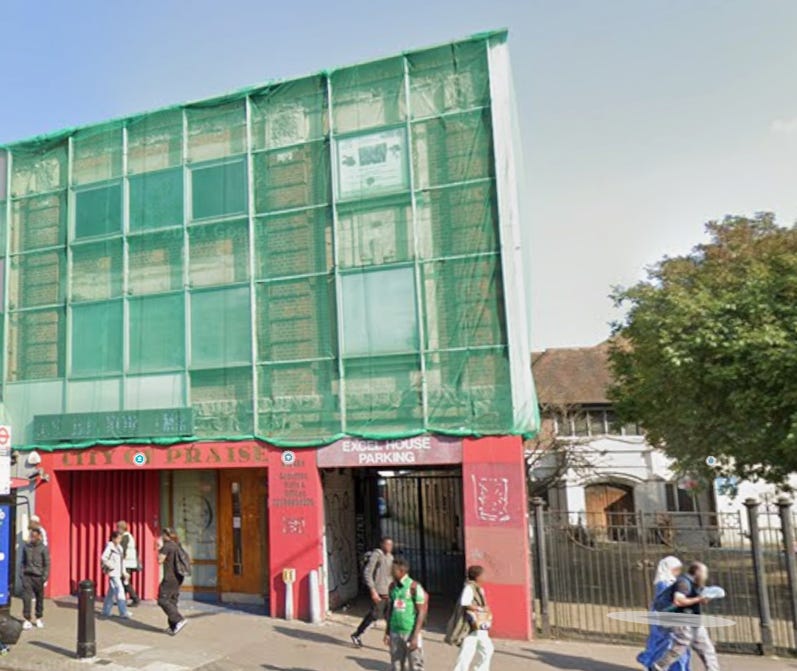Haringey's £1m Rent for Temporary Housing Property
Haringey Council has approved plans to convert a former college on Tottenham High Road into a 52-unit temporary accommodation facility, a move it says will help tackle the borough’s profound housing crisis. But with thousands of households in temporary accommodation and a lack of properties for them to move into permanently, questions are being raised about whether tiny units not suitable for permanent use is a sustainable solution or perpetuates current problems.
What’s Being Built on Tottenham High Road?
The plan, brought forward by a private developer, will create 52 partially self-contained units at 312 High Road. Each studio will feature a bed, kitchenette, and en-suite bathroom. However, the size of these units, ranging from just 14 to 27 square metres, has raised eyebrows. For context, the national space standard for a new one-person permanent home is 37 square metres. While these units are intended for temporary use, the reality for many in Haringey is that ‘temporary’ can last for years.
Excel House, 312 High Road, Tottenham. Credit: Google Maps
Permanent Problem, Temporary Fix?
The decision begs an important question. Is the council’s priority to manage the housing crisis by increasing the stock of temporary accommodation, or to solve it by creating permanent homes? By approving a development that wouldn’t meet the standards for permanent residency, the borough may be allowing infrastructure that perpetuates the cycle of housing insecurity. An alternative approach could have insisted on developing the site for fewer, but larger, permanent flats that could be used to move households out of temporary accommodation.
A Million-Pound Question for a Council in Crisis
The financial implications of temporary accommodation are stark. The council will pay a nightly rate reported to be £45 to £55 per room. At full occupancy this could cost Haringey Council up to £1 million per year. This comes after recent revelations that the council failed to review its own temporary accommodation rents for years, losing out on millions in potential income.
Given the strain on its day-to-day budget, some may ask why the council isn’t using its capital budget to purchase and develop such sites itself. While requiring an upfront investment, owning a property would turn a significant long-term rental liability into a public asset, reducing the very operational costs that are crippling council finances. Instead, a private developer stands to receive a substantial and steady income stream funded by the taxpayer while a site that could have been used for permanent housing is lost. Residents are left to wonder if this a step forward, or a sticking plaster that fails to address the root causes of the borough’s housing crisis.

